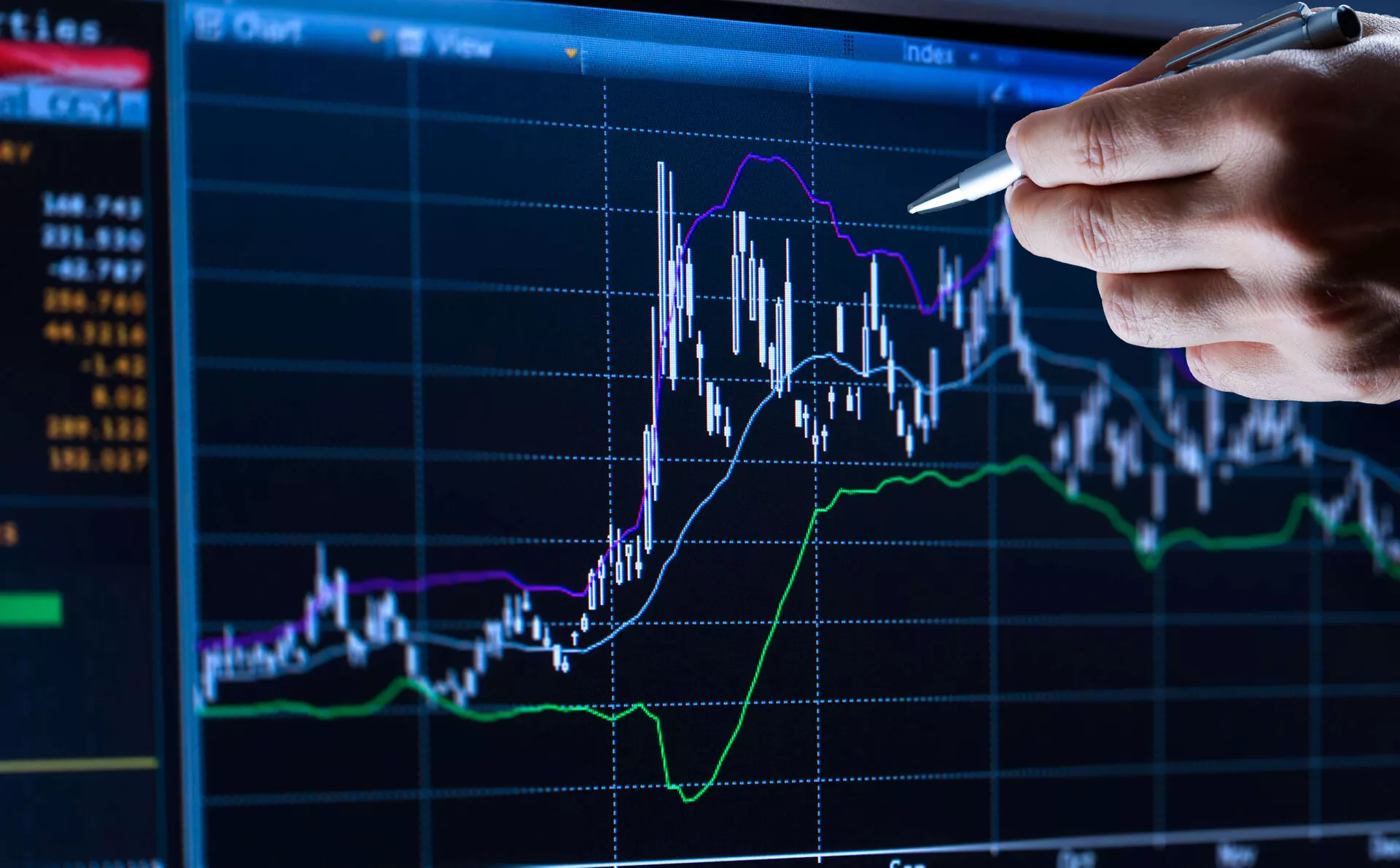
Strategy Focus - Globalisation: Recent trends and consequences
No sudden halt to globalisation so far. The Covid crisis and geopolitical tensions have reinforced protectionist measures on international trade and financial flows. At the same time, several announcements of the implementation of "national" industrial policies by the major economies fuelled fears of an abrupt halt to globalisation. However, to date, data show a different picture, with a still very high level of trade and financial exchanges.
A globalisation changing in terms of dynamics and geography. While the overall level of trade remains very high, we can nevertheless make several observations:
Globalisation may have peaked. While the dynamics of trade in goods and investment flows still appear to be high, the number of restrictions is increasing and is likely to imply less momentum in the future.
Remapping supplier countries. While the volume of trade in goods remains high, the United States has redirected some of its imports or investments from China to countries close (nearshoring) or friendly (friendshoring). In Europe, on the other hand, China is gaining market share in manufacturing imports at the expense of Eastern and Central Europe.
While China retains an important trade role, it appears to be clearly penalised in terms of new investment flows, which could ultimately weigh on its growth prospects.
Consequence #1 - Structurally higher inflation: Globalisation may not be halted but it will clearly be a weaker force going forward than in the past. This is likely to mean less imported deflation and therefore structurally higher inflation – and hence interest rates – in developed economies.
Consequence #2 – A reordering of emerging market performances. The phenomenon of nearshoring/friendshoring will continue to favour new regions to the detriment of China, with consequences to be expected on equity markets.




